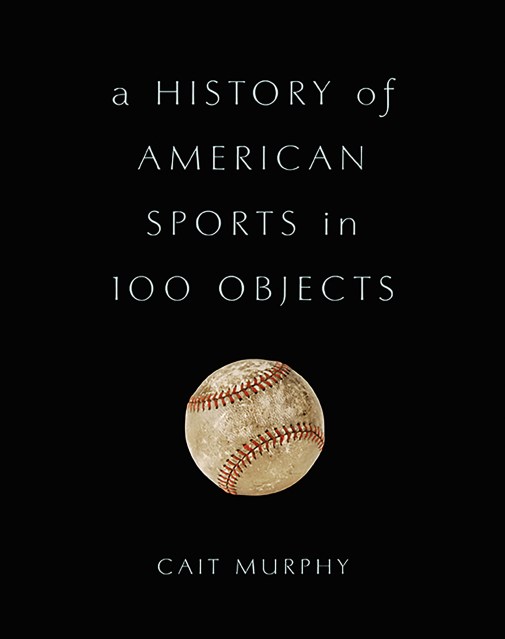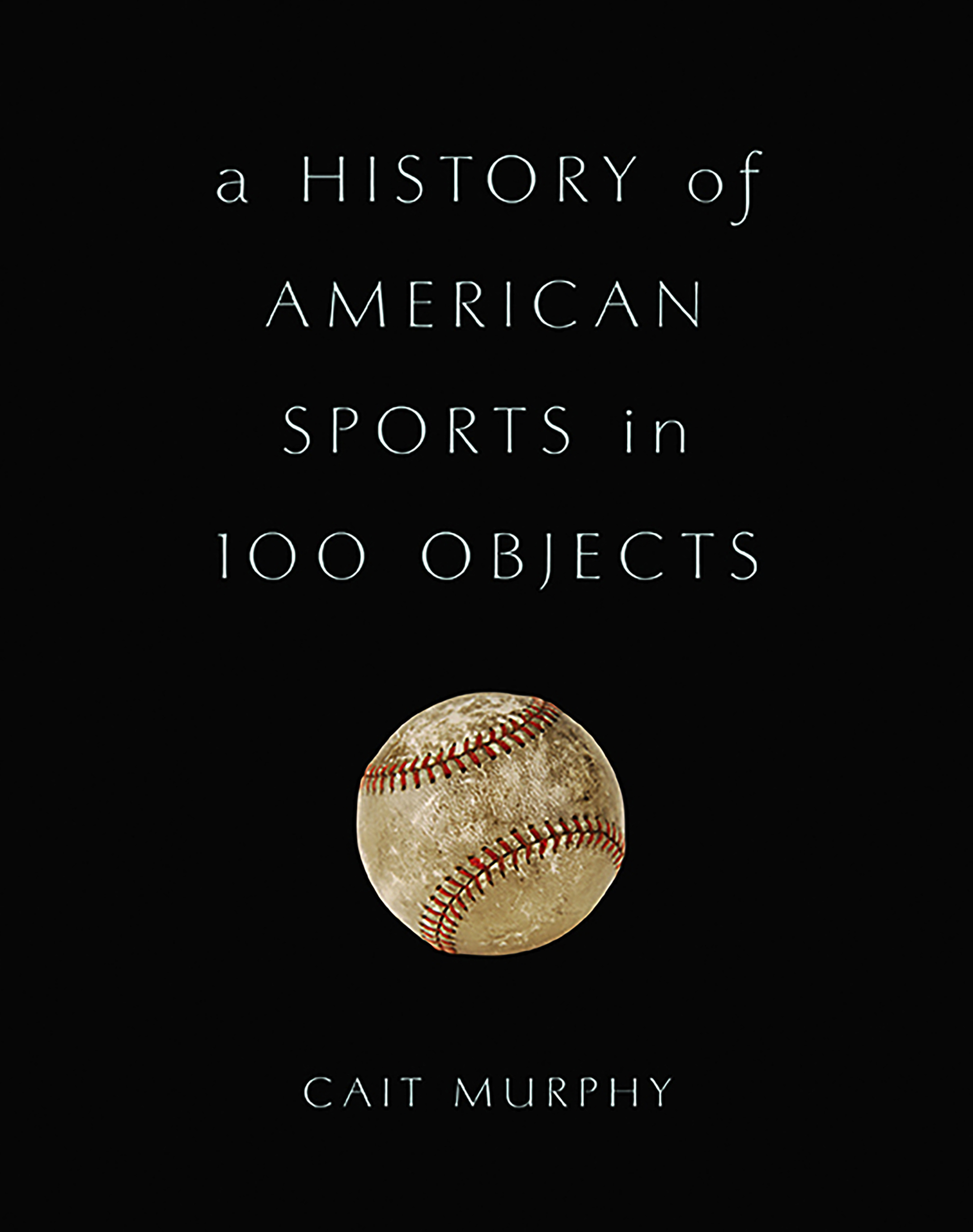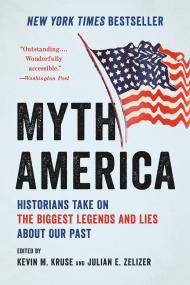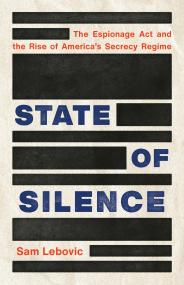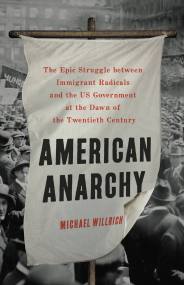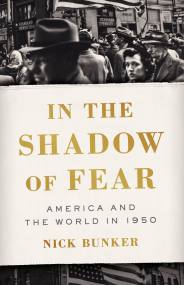Promotion
Use code MOM24 for 20% off site wide + free shipping over $45
A History of American Sports in 100 Objects
Contributors
By Cait Murphy
Formats and Prices
Price
$35.00Price
$45.50 CADFormat
Format:
- Hardcover $35.00 $45.50 CAD
- ebook $19.99 $25.99 CAD
This item is a preorder. Your payment method will be charged immediately, and the product is expected to ship on or around October 11, 2016. This date is subject to change due to shipping delays beyond our control.
Also available from:
What artifact best captures the spirit of American sports? The bat Babe Ruth used to hit his allegedly called shot, or the ball on which Pete Rose wrote, “I’m sorry I bet on baseball”? Could it be Lance Armstrong’s red-white-and-blue bike, now tarnished by doping and hubris? Or perhaps its ancestor, the nineteenth-century safety bicycle that opened an avenue of previously unknown freedom to women? The jerseys of rivals Larry Bird and Magic Johnson? Or the handball that Abraham Lincoln threw against a wall as he waited for news of his presidential nomination?
From nearly forgotten heroes like Tad Lucas (rodeo) and Tommy Kono (weightlifting) to celebrities like Amelia Earhart, Muhammad Ali, and Michael Phelps, Cait Murphy tells the stories of the people, events, and things that have forged the epic of American sports, in both its splendor and its squalor. Stories of heroism and triumph rub up against tales of discrimination and cheating. These objects tell much more than just stories about great games-they tell the story of the nation. Eye-opening and exuberant, A History of American Sports in 100 Objects shows how the games Americans play are woven into the gloriously infuriating fabric of America itself.
Genre:
- On Sale
- Oct 11, 2016
- Page Count
- 384 pages
- Publisher
- Basic Books
- ISBN-13
- 9780465097746
Newsletter Signup
By clicking ‘Sign Up,’ I acknowledge that I have read and agree to Hachette Book Group’s Privacy Policy and Terms of Use
